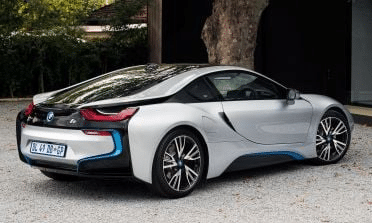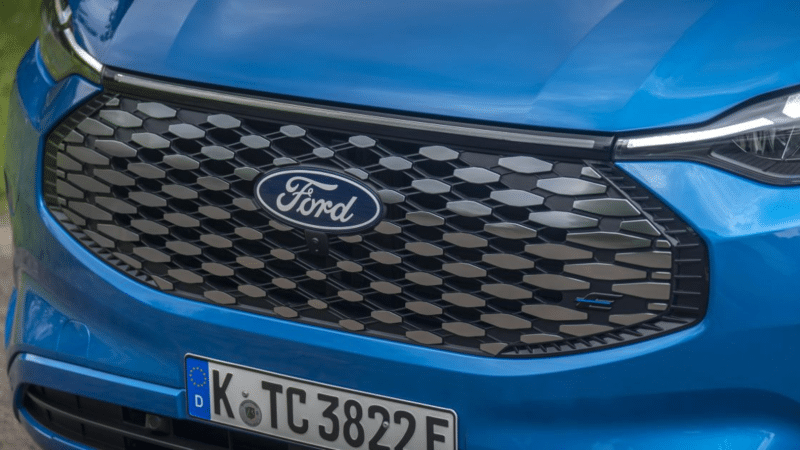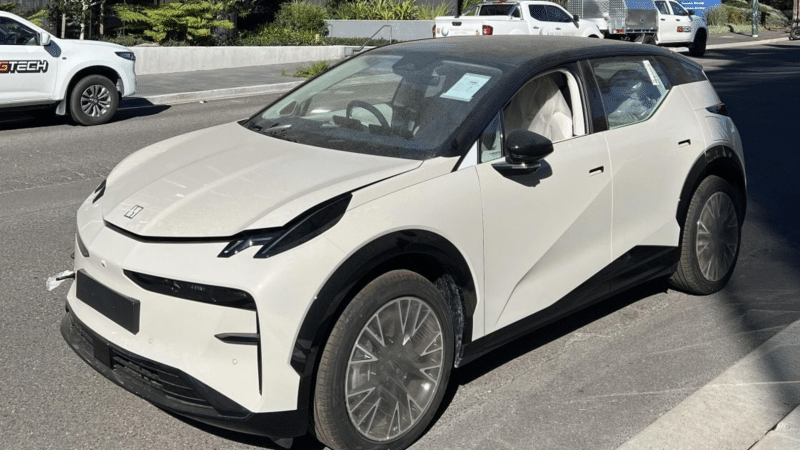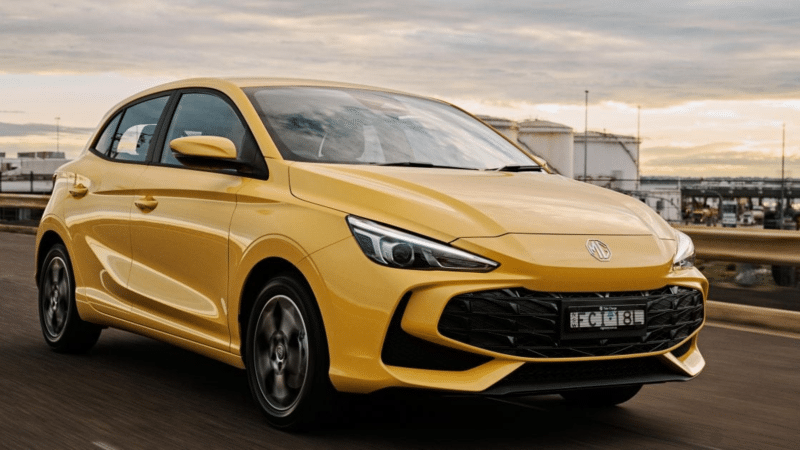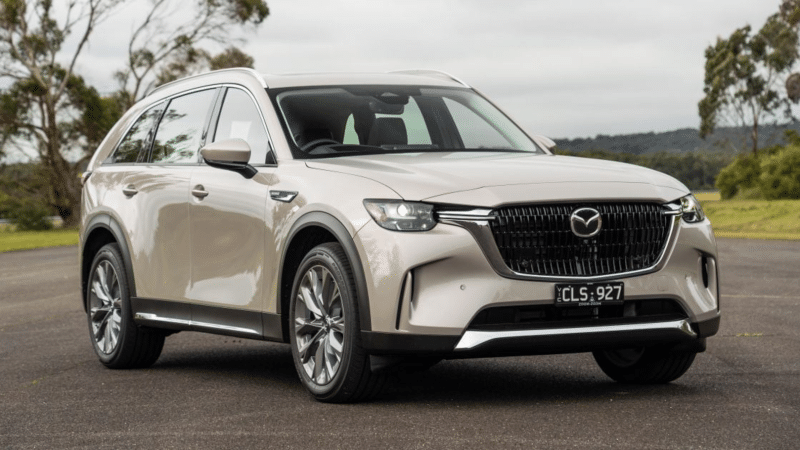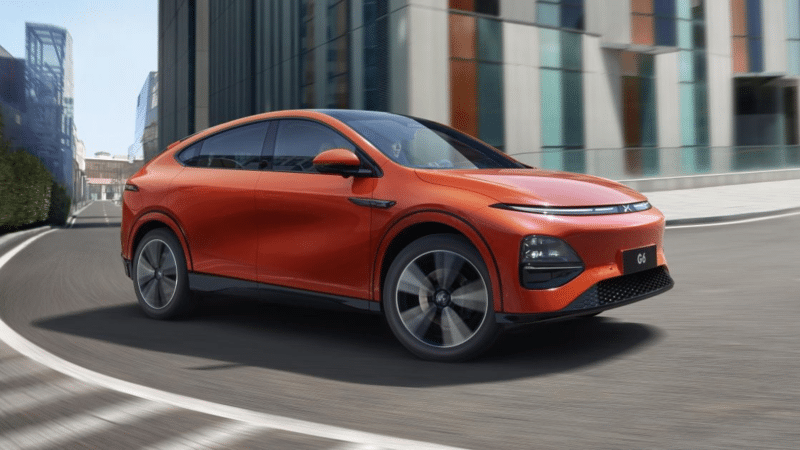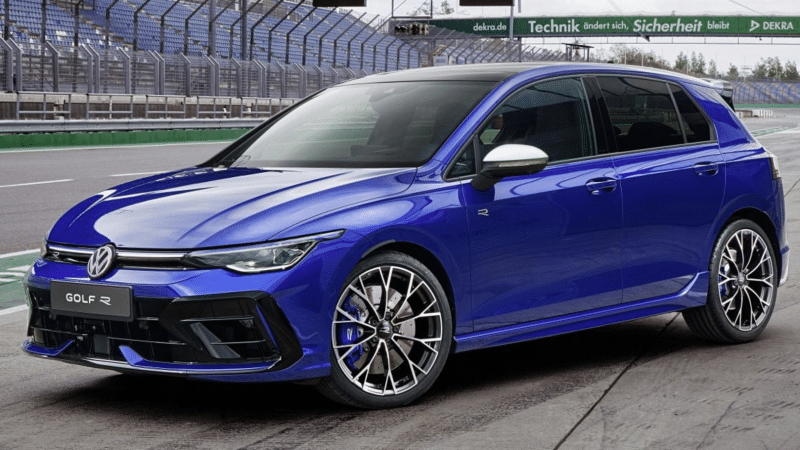The BMW i16: A Missed Opportunity in the Making
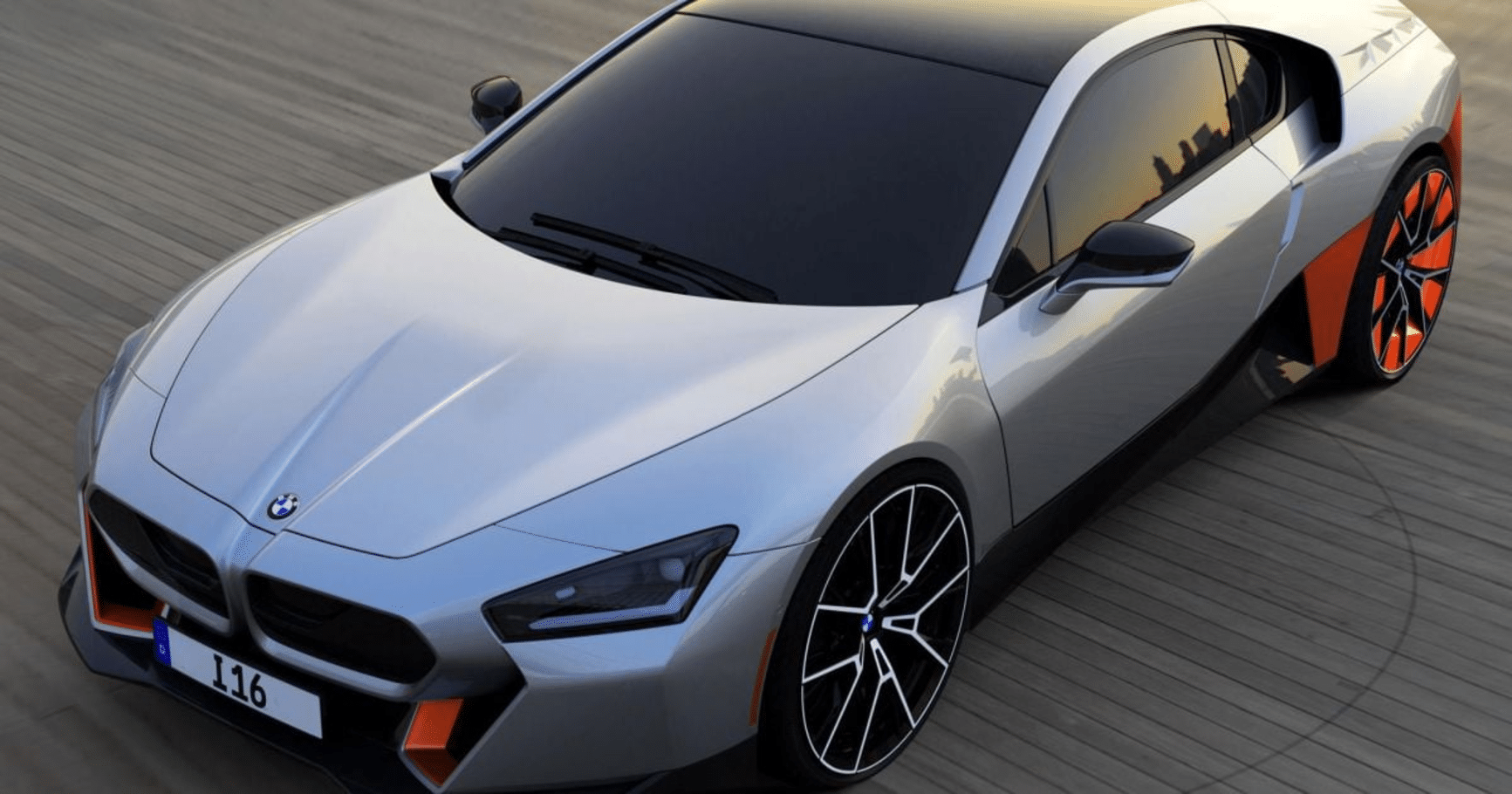
The BMW i16: A Missed Opportunity in the Making
What could the future have held for the BMW i16 if it wasn’t for the unexpected turn of events?
Just when we thought the BMW i16 was ready to hit the production line, the COVID-19 pandemic put a halt to its progress. Design chief Damogoj Dukec has provided a glimpse of what could have been, showcasing the sleek and innovative design on Instagram. Let’s take a closer look at what we missed out on.
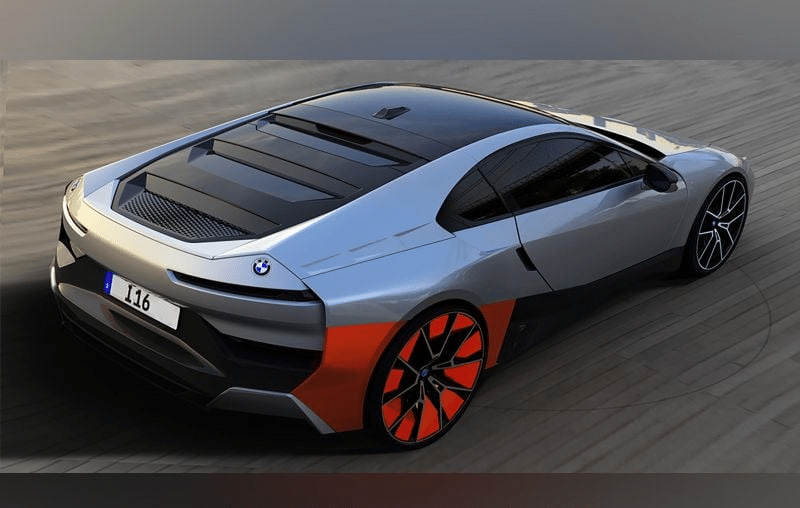
The i16, poised to take over the mantle from the iconic i8, was almost ready to grace the roads. Mr Dukec’s Instagram posts provided a tantalizing glimpse into what could have been another triumph for BMW’s design team. With less than a year of development time, the i16 managed to utilize the composite structure of its predecessor, the i8, ensuring a seamless transition to the new model.
Taking a closer look at the i16, it becomes evident that it drew inspiration from the Vision M Next concept car. The sharp lines and intricate details of the i16 set it apart from the i8, giving it a more refined and contemporary appearance. Although it maintained the gull-wing doors and key architectural elements of its predecessor, the i16 managed to create a less divisive overall presence – a testament to the designers’ vision.
Unfortunately, just when it seemed like the i16 was ready to take the world by storm, the COVID-19 pandemic struck, forcing BMW to halt production. The entire world came to a standstill, and the i16 project was no exception. The uncertain future brought about by the pandemic meant that the i16 would remain nothing more than a dream for now.
While it’s unclear what changes BMW had planned for the i16’s drivetrain, the previous generation i8 boasted an impressive setup. With a 1.5-litre turbocharged petrol engine at the rear and an electric traction motor up front, the i8 delivered a total of 275kW and 570Nm of power. It could go from 0-100km/h in just 4.4 seconds and offered a range of 55km in pure electric mode. The Vision M Next concept car took this even further, with a more powerful plug-in hybrid setup capable of producing 441kW, a 0-100km/h time of 3.0 seconds, and a pure electric range of 100km.
Despite the disappointment of the i16 not making it to production, Mr Dukec remains positive and philosophical. As designers, they are no strangers to the challenges and uncertainties that come with such projects. The setback of the i16 has not dampened their spirits, as they continue to dream and explore new possibilities. With every closed door, a new project awaits just around the corner.
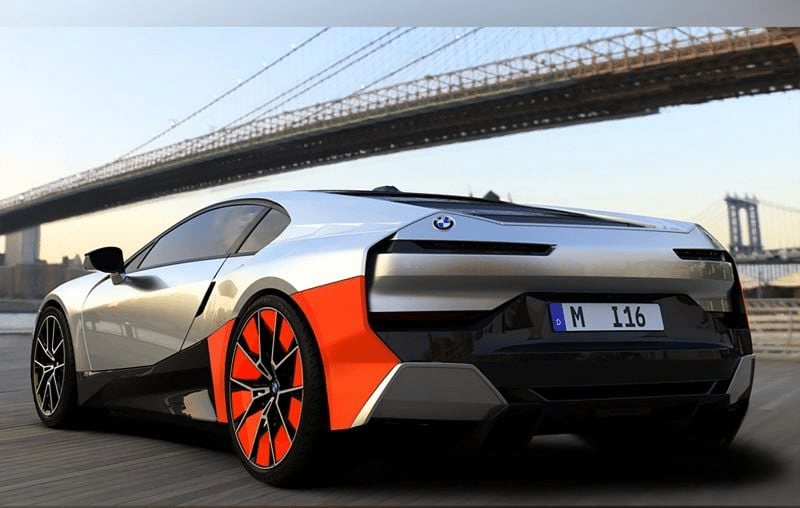
- The i16 was set to be the successor to the i8 supercar
- Design chief Damogoj Dukec shared images of the i16 on Instagram
- The i16 reused the composite structure of the i8
- Styling was inspired by the Vision M Next concept car
- The COVID-19 pandemic halted production of the i16
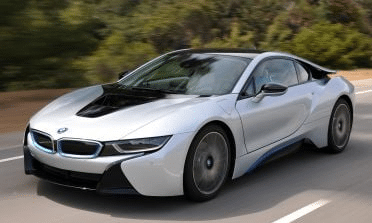
The BMW i16 had the potential to be a game-changer in the world of hybrid supercars. Its sleek design, inspired by the Vision M Next concept and built upon the foundation of the i8, promised innovation and performance. Unfortunately, the COVID-19 pandemic threw a wrench in the works, halting production and leaving us wondering what could have been. Yet, the resilient spirit of BMW’s design team ensures that there will always be new projects on the horizon, ready to captivate and inspire.
